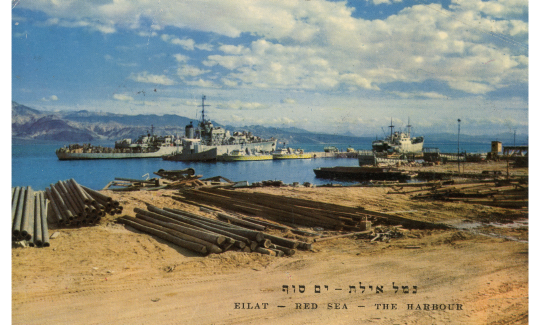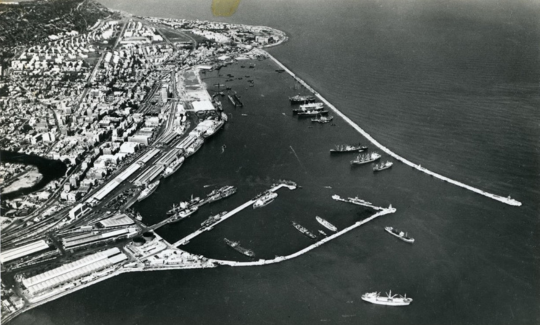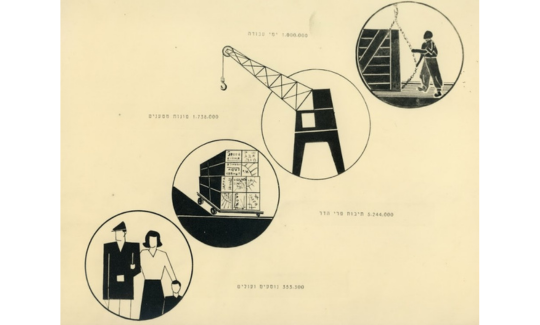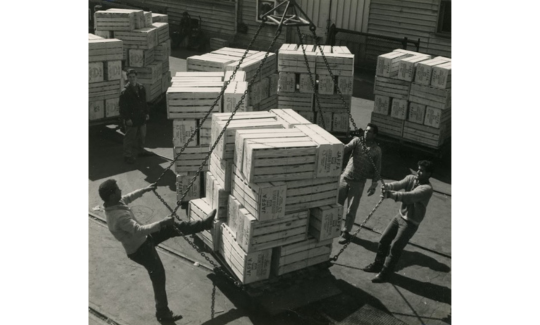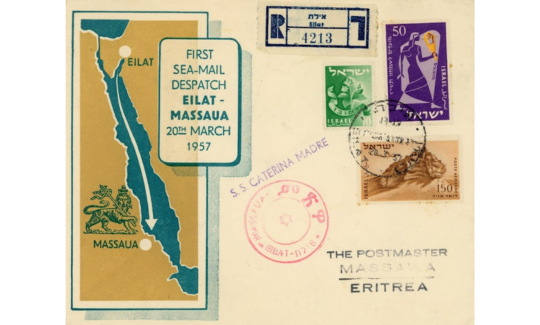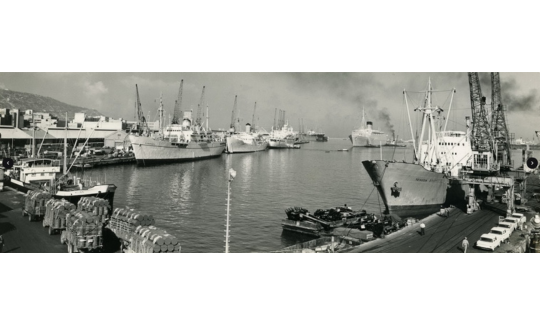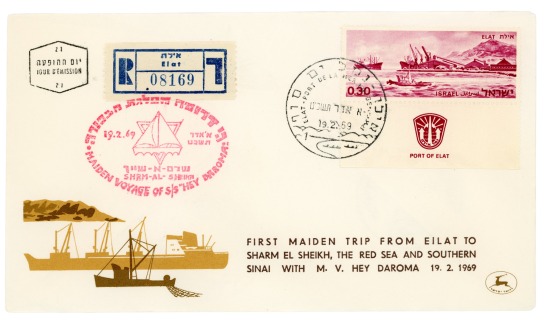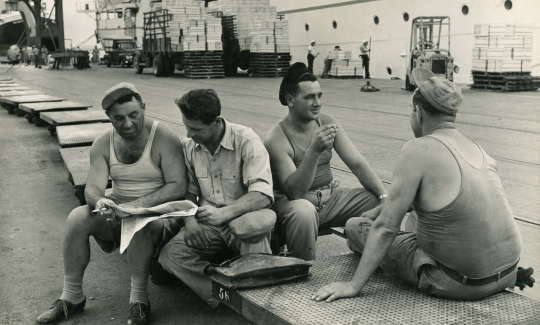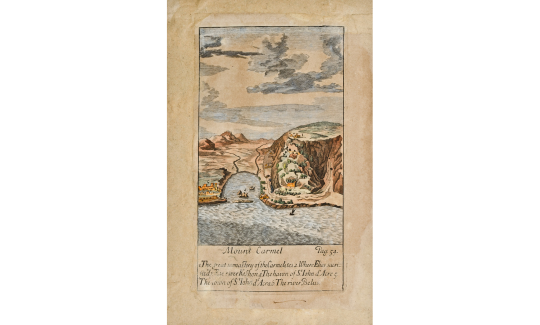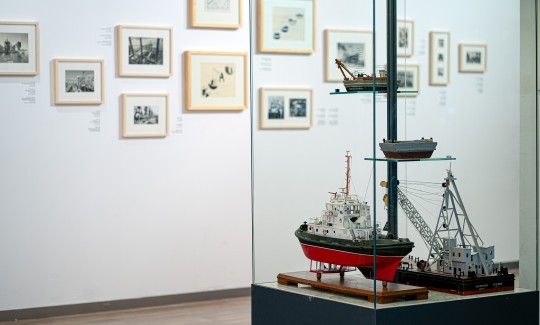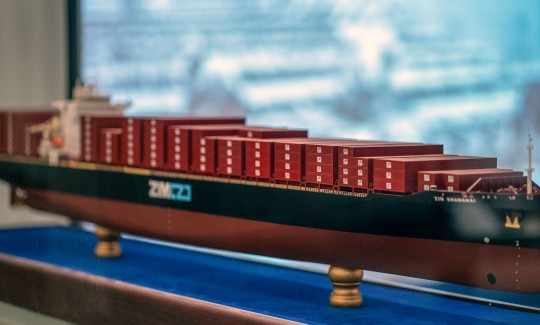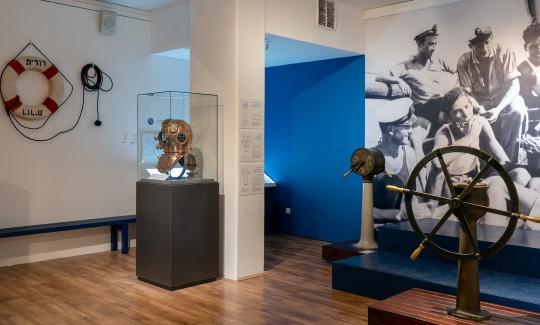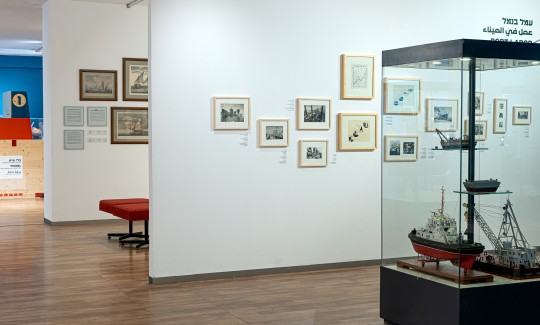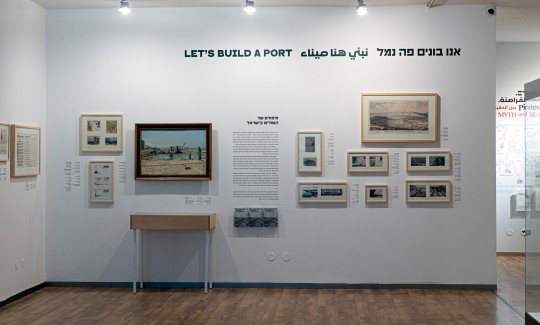Let’s Build a Port | The Ports of Israel
New Display
Permanent Event
Curator:
Adi Shelach
More info:
04-6030800Let’s Build a Port
The Ports of Israel
Israel’s Economic Gateway
Israel’s location along trade routes connecting three continents - Asia, Africa, and Europe - has given its ports historical significance. Until the early twentieth century, the ports of Jaffa and Acre were the country’s main ports, serving as gateways for passengers and cargo. These ports developed over thousands of years as organic parts of their cities, similar to other historical ports along the Mediterranean.
In contrast, the ports built by the modern State of Israel are exceptional. For political reasons surrounding the state’s establishment, the historical ports were replaced by new ports, around which new cities developed.
The story of Israel’s modern ports reflects the development of the country. This story began when the British constructed the ports of Haifa and Tel Aviv in the 1930s, and continued with the construction of the Eilat and Ashdod ports in the 1950s and 1960s, in response to the new state’s strategic needs. Recently, Israel’s ports have undergone changes in response to the container revolution, much-needed reform in port operation, and the need to adapt the ports to the demands of the twenty-first century. This maturation process enabled the ports to establish political independence, acquire professional expertise, develop long-term planning and investment initiatives, and build essential economic resilience for Israel's future.
Israel’s political reality has meant that for the import and export of goods, it must act as an “island state.” Its seaports serve as the primary main commercial gateways, with the majority of goods entering Israel passing through these ports. Volumes have consistently increased over the years, and today, 98% of Israel’s trade, by weight, is conducted by sea.


